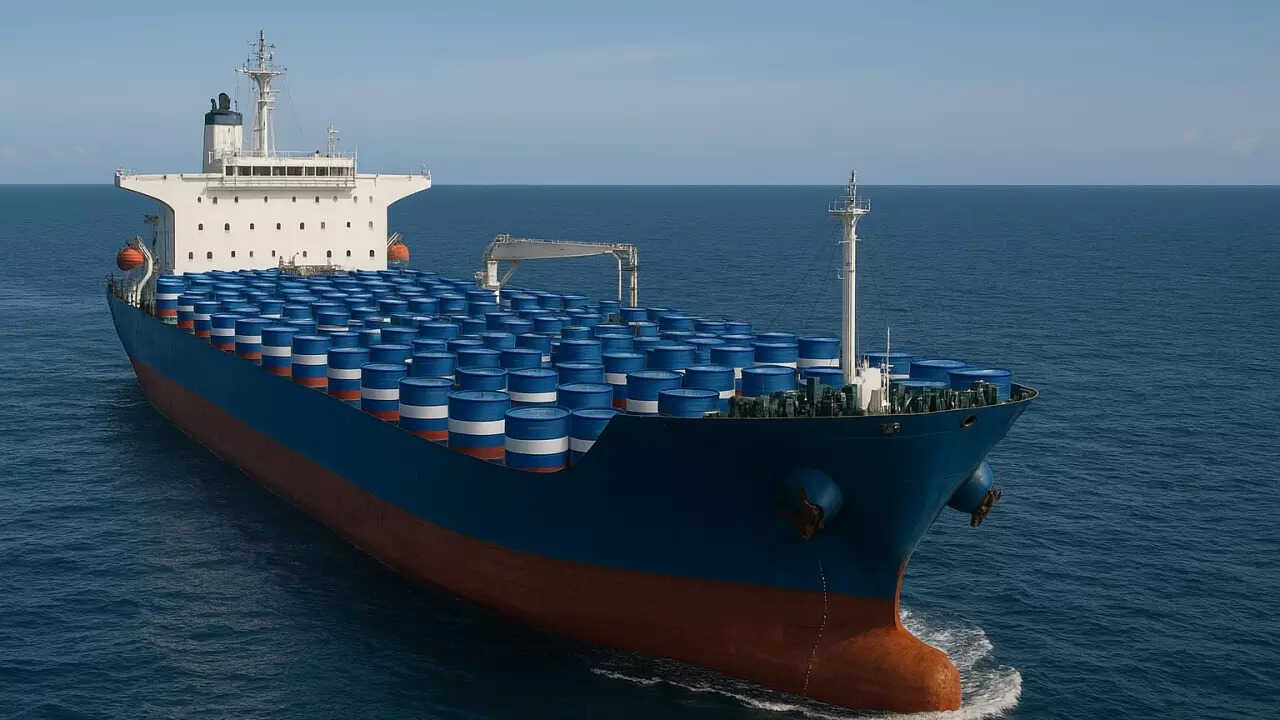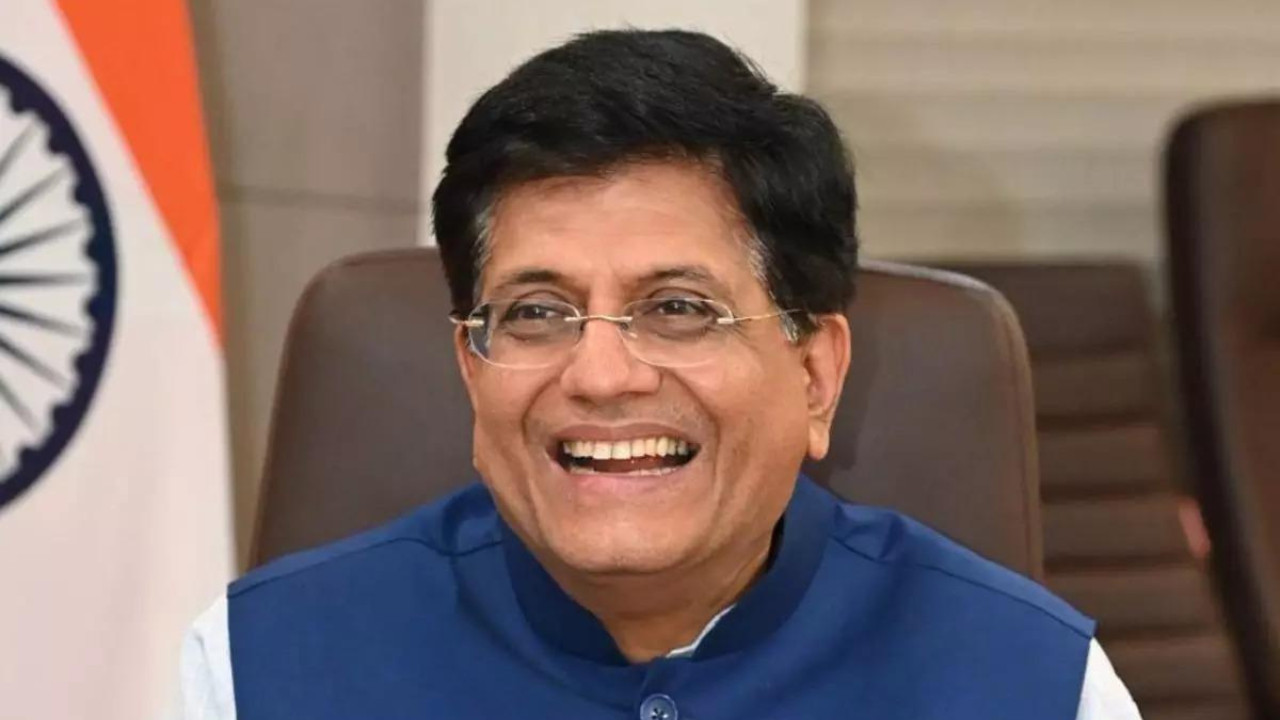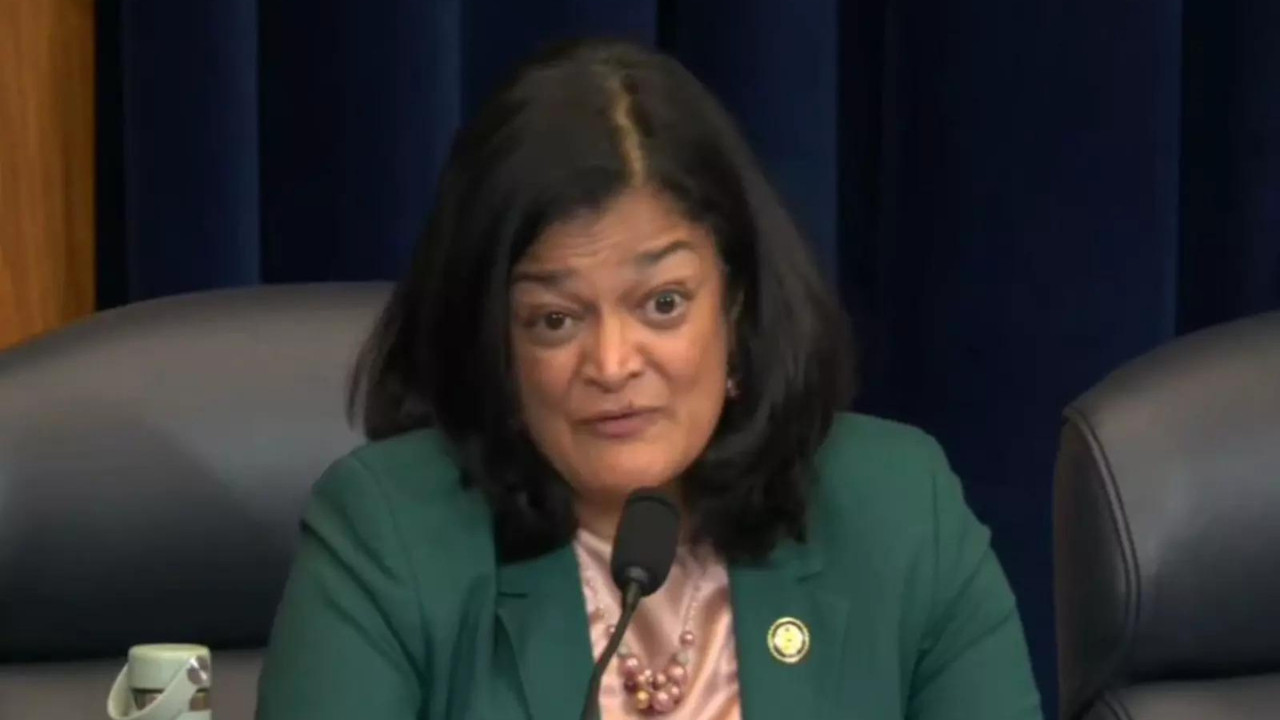The US Treasury is pushing G7 and EU partners to impose tariffs on Chinese and Indian imports of Russian oil, aiming to cut off funding for Putin’s war in Ukraine. While Trump has already levied tariffs on Indian goods, he’s hesitant to do the same with China due to trade sensitivities.
Navigating the New World Order: India, China, and the Shifting Sands of Global Trade
The global economic landscape is never static, but lately, it feels like we’re watching continents drift in real time. A fascinating tug-of-war is playing out, with the US Treasury nudging the EU and G7 nations to reconsider their trade relationship with China. The core argument? To impose what they are calling “meaningful tariffs” on Chinese goods. But why now, and what could this mean for India, caught in the crosscurrents of these powerful economies?

It all boils down to a complex interplay of factors, not least of which is the ongoing conflict in Ukraine. The US Treasury is explicitly linking purchases of Russian oil to the funding of Russia’s military actions. By extension, any nation bolstering Russia’s economy – even indirectly, through trade relationships – becomes a subject of scrutiny. The unspoken message is clear: global trade has geopolitical consequences.
The US Treasury’s Stance on China and Tariffs
The Treasury’s call for tariffs isn’t simply about punishing China. It’s a strategic move aimed at reshaping global supply chains and reducing dependence on a single economic powerhouse. The reliance on China for everything from electronics to pharmaceuticals has been a growing concern in Washington, particularly in light of geopolitical tensions.
This isn’t a new sentiment. We’ve seen this brewing for years, fueled by intellectual property concerns, accusations of unfair trade practices, and anxieties about China’s increasing global influence. What’s different now is the urgency, driven by the perceived need to isolate Russia and the desire to reassert Western economic dominance.
India’s Tightrope Walk
So, where does India fit into this intricate puzzle? India has been walking a tightrope, carefully balancing its relationships with the West and its economic ties with both Russia and China. India has strong ties to the West and remains one of the fastest growing economies in the world. The prospect of increased tariffs on Chinese goods presents both challenges and opportunities.
On the one hand, Indian businesses could potentially benefit from a shift in global supply chains. If Western nations reduce their reliance on Chinese manufacturers, Indian companies could step in to fill the void. This could lead to increased exports, job creation, and economic growth.
However, India also faces risks. Increased tariffs could disrupt global trade flows, leading to higher prices for consumers and businesses. Furthermore, any action that destabilizes the global economy could have repercussions for India, which is heavily reliant on international trade.
The EU and G7: A Divided Front?
Whether the EU and G7 nations will heed the US Treasury’s call remains to be seen. There’s a diversity of opinion within these groups. Some nations are heavily reliant on trade with China and are reluctant to impose measures that could damage their economies. Others are more aligned with the US stance and see the need to take a tougher line.
The decision-making process is further complicated by differing national interests and political priorities. Each nation will have to weigh the potential economic benefits of imposing tariffs against the potential political costs.
The Unfolding Future of Trade
The world is watching closely to see how this unfolds. The US Treasury’s push for tariffs on Chinese goods is a significant development that could reshape the global economic order. It highlights the growing tensions between the West and China, and the increasing use of trade as a geopolitical tool.
For India, the situation presents both opportunities and risks. Navigating this complex landscape will require careful diplomacy, strategic planning, and a willingness to adapt to a rapidly changing world. This moment calls for a nuanced approach, leveraging its existing strengths while proactively addressing potential vulnerabilities. It is a period where smart policy and adaptable business practices are more crucial than ever.
Ultimately, the future of global trade will depend on the decisions made by key players in the coming months and years. The choices made today will have profound consequences for economies around the world.
Conclusion: The potential implementation of tariffs on China underscores a significant shift in global economics, presenting both opportunities and challenges for nations like India. Understanding these dynamics and adapting strategically is crucial for navigating the evolving landscape of international trade and securing long-term economic prosperity.
slug: india-china-us-trade







